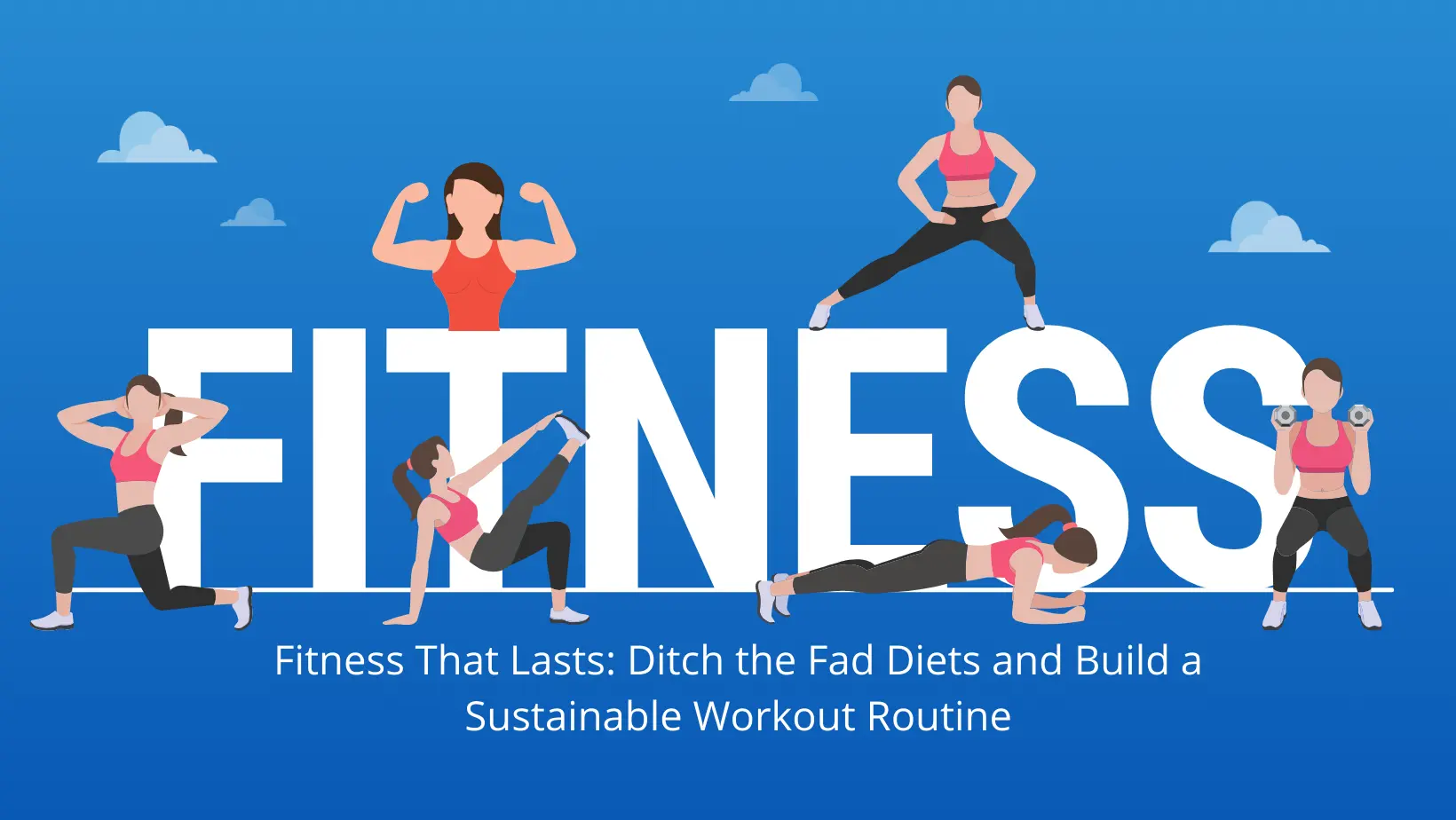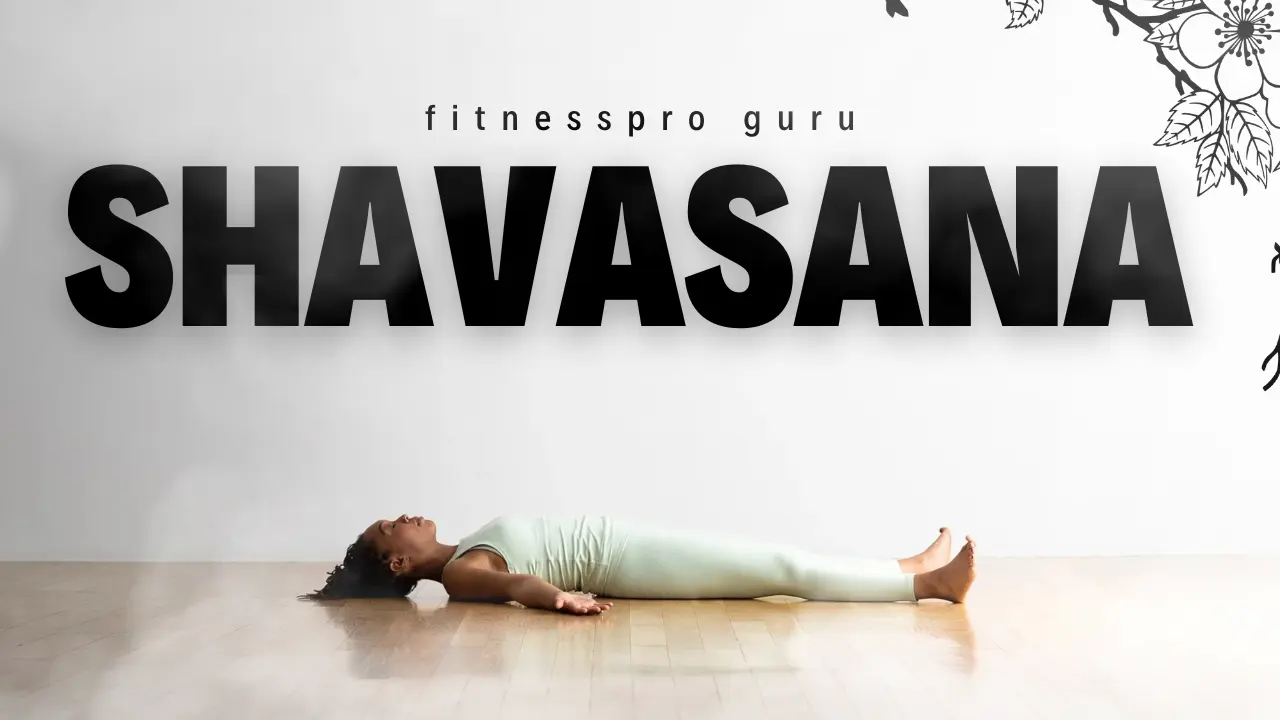
Adho Mukha Vrikshasana, also known as the Handstand Pose, is one of the most advanced and empowering asanas in yoga. The name comes from Sanskrit where “Adho” means downward, “Mukha” means face, and “Vriksha” means tree. This pose requires strength, balance, and focus, making it a significant achievement for dedicated yoga practitioners.
Understanding Pollution: Types, Impacts, and Solutions for a Sustainable Future
Benefits of Adho Mukha Vrikshasana
Practicing Adho Mukha Vrikshasana offers a variety of physical, mental, and emotional benefits:
Physical Benefits
- Strengthens Upper Body: The pose engages muscles in the arms, shoulders, and chest, helping to build upper body strength.
- Core Activation: Maintaining balance in this inverted pose requires strong core engagement, which improves abdominal strength.
- Enhances Balance and Coordination: The pose helps improve overall balance, coordination, and spatial awareness.
- Improves Circulation: Being in an inverted position encourages better blood circulation, which can energize the body.
- Builds Bone Density: Weight-bearing on the arms can help strengthen bones, reducing the risk of osteoporosis.
- Enhances Flexibility: The practice of handstands involves shoulder and wrist mobility, contributing to overall flexibility.
Mental and Emotional Benefits
- Increases Confidence: Mastering a challenging pose like the handstand boosts self-confidence and mental resilience.
- Enhances Focus: Achieving balance requires complete concentration, fostering a heightened state of mindfulness.
- Relieves Stress: The inversion may help calm the mind by reversing the blood flow and providing a fresh perspective.
- Encourages Playfulness: Handstands bring a sense of joy and playfulness to yoga practice, breaking routine patterns.
The Secret of Padmasana: Unlocking Meditation and Inner Balance with the Lotus Pose
How to Perform Adho Mukha Vrikshasana
Here are step-by-step instructions to safely attempt Adho Mukha Vrikshasana:
- Warm Up: Begin with a proper warm-up that includes wrist stretches, shoulder openers, and core engagement exercises.
- Start in Downward-Facing Dog (Adho Mukha Svanasana): Position your hands firmly on the ground, shoulder-width apart.
- Walk Forward: Bring your feet closer to your hands, preparing to shift your weight.
- Lift One Leg: Raise one leg into the air while keeping the other firmly planted.
- Hop Lightly: Push off with the grounded foot, kicking the raised leg upward while engaging your core.
- Find Balance: Once both legs are up, bring them together and engage your entire body to maintain balance.
- Hold and Breathe: Stay in the pose for as long as comfortable, breathing deeply.
- Exit Gracefully: Slowly lower one leg back to the ground, followed by the other, and rest in Child’s Pose.
Tips for Beginners
- Use a Wall: Practice against a wall for added support as you build strength and confidence.
- Focus on Alignment: Keep your wrists, elbows, and shoulders in a straight line.
- Engage the Core: A strong core is essential for maintaining stability.
- Be Patient: Mastery takes time—progress gradually and avoid rushing.
- Seek Guidance: Work with an experienced yoga instructor to receive personalized feedback and adjustments.
Precautions and Contraindications
- Avoid if Injured: Do not attempt this pose if you have wrist, shoulder, or neck injuries.
- Consult a Professional: If you have high blood pressure, heart conditions, or are pregnant, seek guidance from a qualified yoga instructor.
- Practice Mindfully: Always listen to your body and avoid pushing beyond your limits.
- Use Proper Mats: Ensure your yoga mat has adequate grip to prevent slipping during practice.
Variations and Modifications

- One-Leg Handstand: Keep one leg extended toward the ceiling while the other remains bent.
- Knees Bent Handstand: Maintain a bent-knee position to reduce the complexity of the pose.
- Wall Handstand: Practice using a wall for stability and support.
- Split-Leg Handstand: Extend one leg forward and the other backward for a dynamic variation.
Common Mistakes to Avoid
- Incorrect Hand Placement: Ensure your hands are shoulder-width apart and fingers are spread wide for stability.
- Lack of Core Engagement: Engage your core muscles to avoid arching the back.
- Rushing the Pose: Build strength and balance gradually instead of forcing the pose too soon.
- Holding Breath: Maintain steady and even breathing throughout the pose.
Preparatory Poses
Before attempting Adho Mukha Vrikshasana, consider practising these preparatory poses:
- Plank Pose (Phalakasana): Strengthens the core and upper body.
- Dolphin Pose: Prepares the shoulders and arms for weight-bearing.
- Warrior III (Virabhadrasana III): Enhances balance and core stability.
- Crow Pose (Bakasana): Introduces balancing on the hands.
Counter Poses
After practising Adho Mukha Vrikshasana, it’s essential to release tension with these counter poses:
- Child’s Pose (Balasana): Provides relaxation for the back and shoulders.
- Seated Forward Bend (Paschimottanasana): Stretches the spine and hamstrings.
- Cat-Cow Pose (Marjaryasana-Bitilasana): Mobilizes the spine and releases tension.
Conclusion
Adho Mukha Vrikshasana is a transformative pose that challenges both the body and mind. With regular practice, dedication, and patience, it can become a powerful tool for building strength, enhancing balance, and boosting confidence. Remember to approach this pose mindfully and seek guidance when needed to ensure a safe and rewarding practice. Embrace the journey, celebrate small victories, and enjoy the playful, invigorating experience that handstands bring to your yoga practice.





